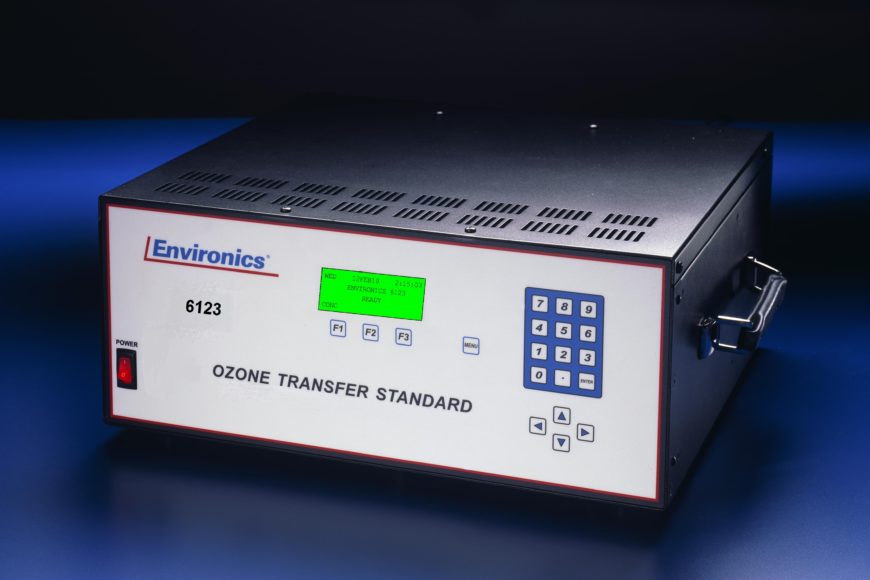
Photoionization detectors (PIDs) are crucial equipment for those working with gas and oil as they help to measure a range of gases, including volatile organic compounds (VOCs). Because of how frequently PIDs are used and the importance of their accountability and reliability, PID calibration for the oil and gas industries need to be carefully implemented. In this article, we will look at PID calibration and what are the most appropriate ways for this to be carried out.
What are PIDs?
PID gas detectors are devices that identify and measure various gases and analytes. They can be configured in various ways to ensure they meet different settings. Configurations can include multiple alarms, sensors and additional pieces to enhance performance. Additionally, a PID can be a portable device fitted into a system or operate as a standalone device.
Commonly monitored substances with a PID include inorganic and volatile organic compounds. However, it is essential to mention that PIDs cannot detect natural gases, such as oxygen and methane, because their ionization point is too high. Therefore, the PID can only detect gases that can be ionized by UV light unless combined with other tools like a multi-gas meter.
Why is PID Calibration Necessary?
PID gas detectors are vital for keeping personnel and the wider environment safe; therefore, ensuring they work correctly is also highly important. For companies using gas detection systems, calibrating PID gas monitors is a necessary part of maintenance for two key reasons:
- To accurately identify harmful gases, either through leaks or other situations
- To provide error-free, reliable data
The Benefits of Calibrating PID Gas Detectors
Without correct calibration, a PID gas detector will not accurately measure harmful gases, leaving personnel at risk. Other key reasons for calibrating PIDs include meeting regulations and identifying or fixing any damages.
Regulatory Standards
The environments in the gas and oil industries can be harmful if regulations are not followed. Although companies or countries may have different laws and regulations, they must be followed accordingly and reported on. This includes reporting on instruments that have been calibrated, which should state the date they were calibrated and when their next maintenance is due.
Wear and Tear
PID gas detectors operate in harsh conditions where dust, humidity and general handling can all contribute to wear and tear, impacting their accuracy and stability. Calibration frequency will depend on the intensity of the environment and the manufacturer’s guidelines, but indications of maintenance could include the following:
- Carry out a bump / functional test
- If the PID becomes sensitive to humidity
- When scheduled maintenance is due
PID Calibration with Environics
Being able to calibrate your PID gas detectors reliably is vital for the safety of your personnel and your business, and you should therefore choose a manufacturer you can trust. Environics manufactures a range of gas calibrators, which are calibrated using a NIST traceable SRP and meet the requirements of the U.S environmental protection agency (EPA).
Series S040
Our Series 4040 is a computerized gas calibration system that automatically generates precise gas standards for calibration applications. It is a state-of-the-art system that can be used to generate a range of gas standards and gaseous atmospheres.
For more information on our calibration systems, please contact the team today, and we will be happy to assist.

